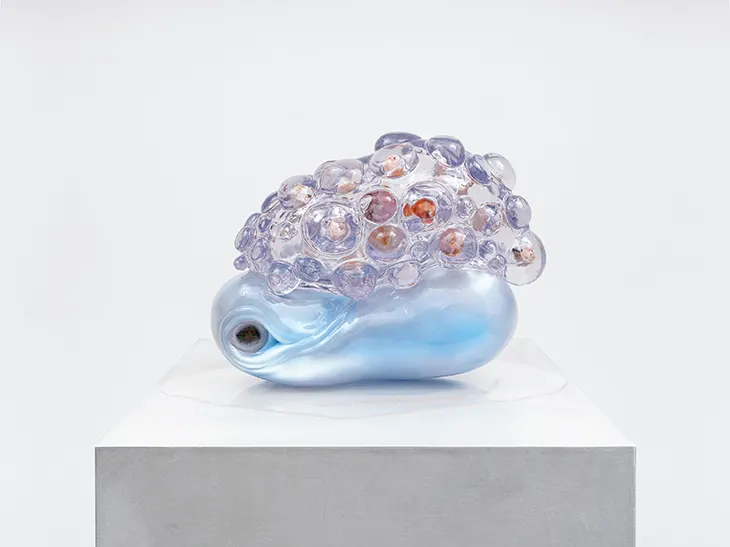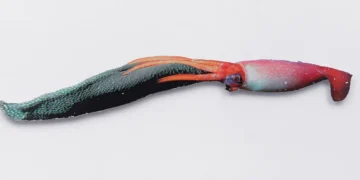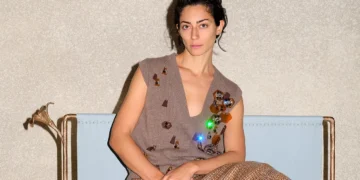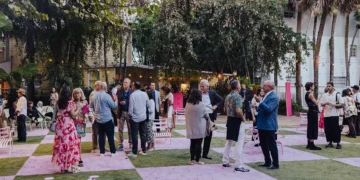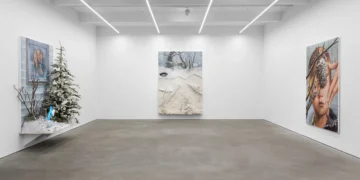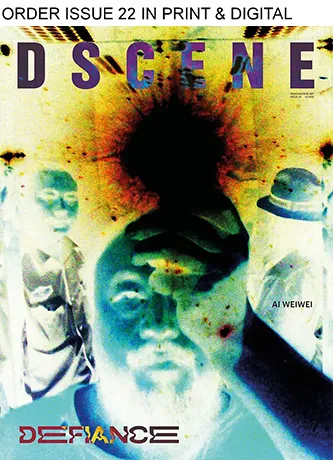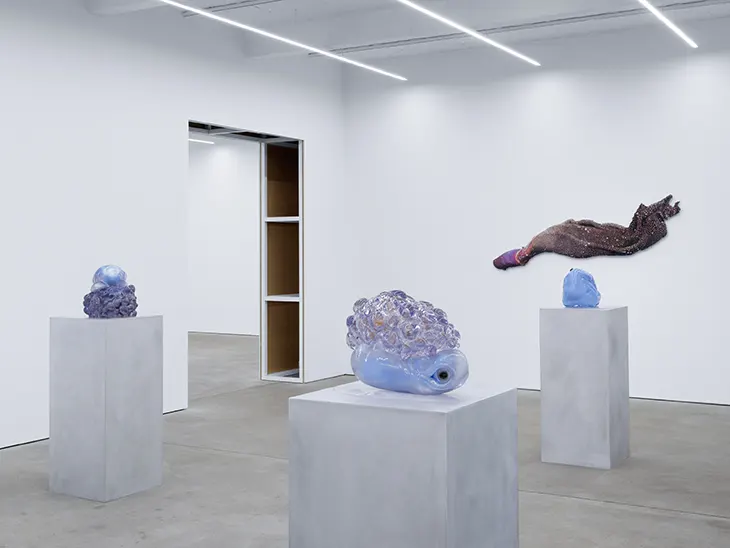
Katja Novitskova’s latest exhibition MIRROR LIFE, on view at Kraupa-Tuskany Zeidler in Berlin through July 26, presents a vision of existence in which the distinctions between organism and object, sentience and simulation, begin to dissolve. Rooted in the speculative potential of synthetic biology and generative AI, the show interrogates how future forms of life, mirror versions of our own, might evolve, perceive, and perish.
ART
At the core of the exhibition is a new body of sculptural work rendered in polyurethane resin laced with volcanic minerals like obsidian, hematite, and labradorite. These forms shimmer in blue hues, eerily sentient, locked in a gaze that returns the viewer’s presence with a hybrid intelligence, part machine, part creature. Their formation is a layered process: AI-driven crossbreeding, 3D modeling, and traditional studio craft combine to simulate organisms that could have emerged from a digitally induced embryogenesis.
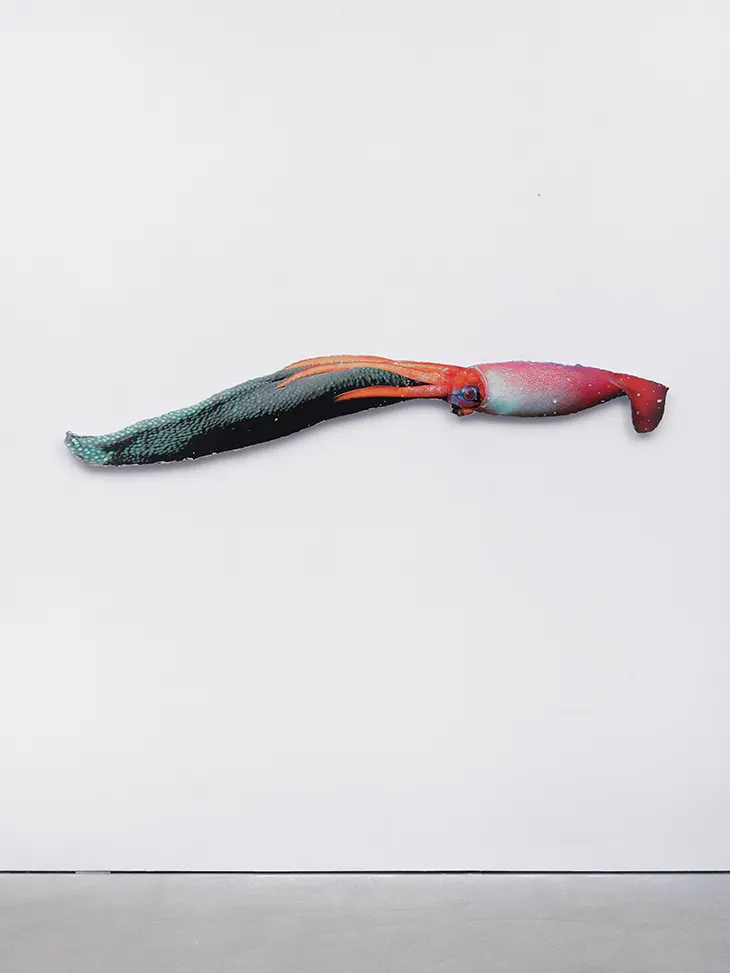
Novitskova’s Earthware series continues her long-standing exploration into perception, biology, and digital imaging. Cephalopods ,reproductive, dissolving, watchful, float across the gallery walls, their bodies and oversized egg sacs imprinted onto epoxy clay. With red lenticular eyes, they appear to track movement. Yet their story is one of collapse: mother squids starving as their offspring hatch, their anatomy consumed by the very life they nurtured. These works read less like biological portraits and more like premonitions. Images and minerals fuse into fossilized digital relics, memory embedded in synthetic skin.
Beneath the surface of MIRROR LIFE is a more intricate idea: that generative technologies and AI do not mimic life, they mutate it. Novitskova draws a parallel between AI’s internal processes and evolutionary memory. A caterpillar retains fragments of neural architecture when it becomes a butterfly. Likewise, machine learning systems contain spectral remnants of their training data. This analogy expands into a deeper inquiry about molecular “handedness,” how all known life forms rely on left- or right-handed molecular structures, and what would happen if those structures flipped. In Novitskova’s vision, mirror life is a parallel branch of evolution with the potential to collide with our own.
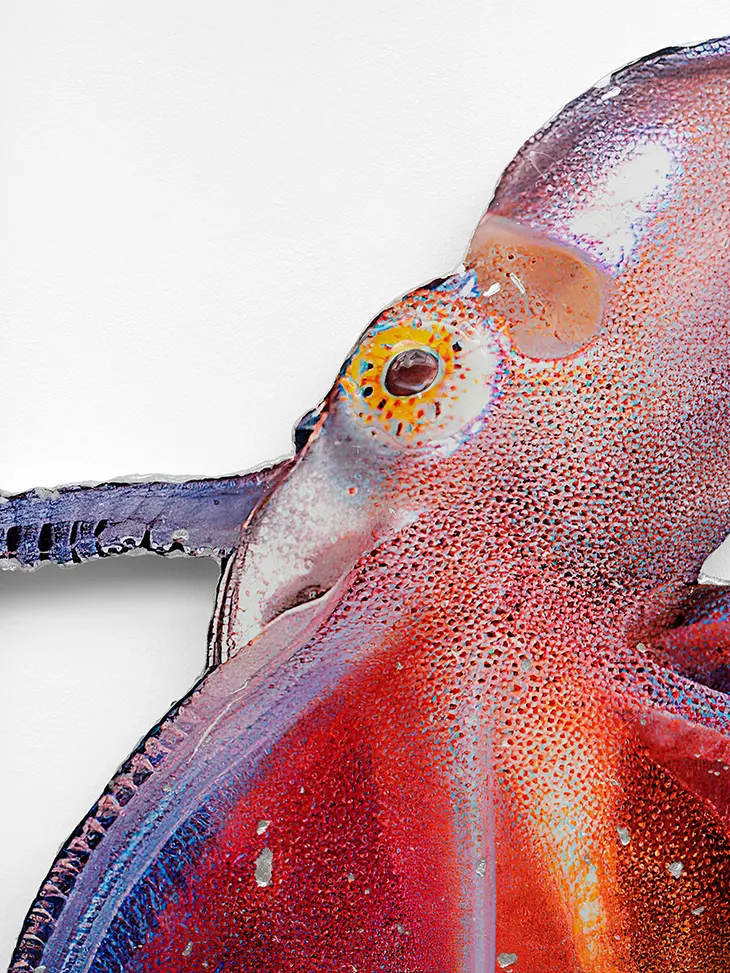
What might this inverted biology create? The exhibition doesn’t offer definitive answers. Instead, it presents a speculative zone: a new evolutionary matrix where synthetic sentience begins to brood, observe, and possibly outlast. Through references to embryogenesis and the self-determining logic of generative algorithms, Novitskova suggests that what we call “life” may no longer be defined by reproduction or death, but by data, transformation, and translation.
This translation, between code and cell, image and mineral, present and speculative, is central to Novitskova’s practice. Her work repeatedly returns to the failures of technology to accurately depict life, only to use those very failures as material. In her own words, “the look inside has somehow replaced the gaze into the future.” This internal shift, where technologies no longer explore external terrain but nest inside our biological and emotional systems, shapes the exhibition’s tone. From parasitic worms to robotic incubators, MIRROR LIFE collapses the external and internal into one haunted feedback loop.
